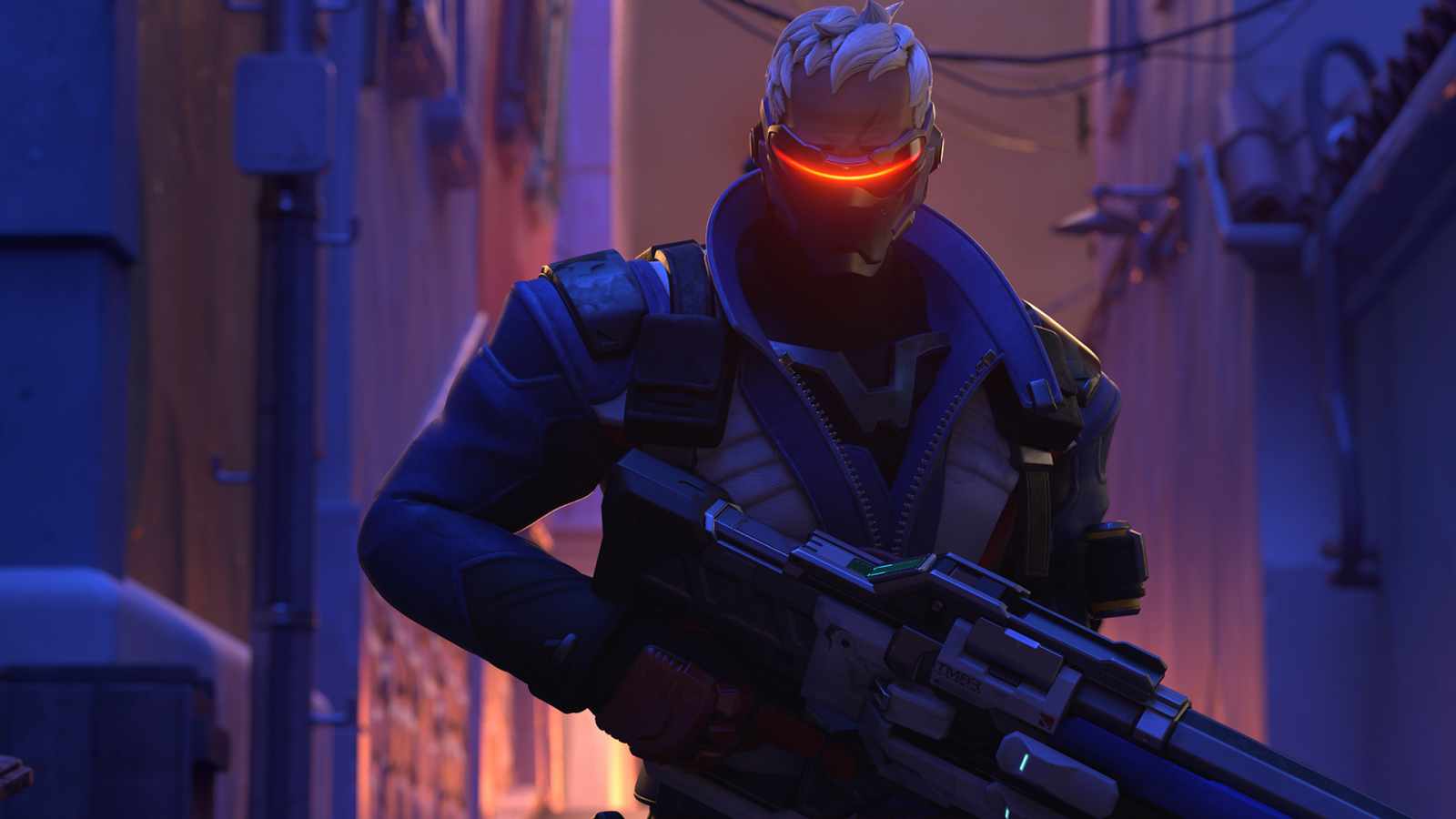It was near the end of the third row of levels that I finally met my match in N++. One stage in particular – Earthdate 2264 (pictured above) – had worn me down. It’s a series of tunnels with drones circling each junction with a laser moving back and forth across the ceiling. The button to open the exit sits right in its path, just far enough out of reach to keep you from immediately making a run on it. Instead, you’re supposed to jump down the tunnel behind you and wait for the laser to complete its pass. Then you have to jump back up there and throw the switch and return to safety. Only then you can you finally get out of that corner and move forward by pressing a button that blocks off the door switch so that you can safely bypass the laser by standing beneath the switch.
In theory, that’s how it’s supposed to work. Watching a friend’s replay of the level revealed that approach to me. Before then, I was trying things the hard way by descending down to the lower-left corner to open another path. Never was able to pull it off, however, due to those damn drones. No matter how many times I try, I keep failing somehow. Whether that’s by tripping mines, getting caught by the laser, or some other foolish action, the result is always the same.
Granted, that’s par for the course with N++. Metanet Software’s long-running platformer series is built around throwing increasingly difficult traversal challenges at you, creating a tough but satisfying cycle of rapid iteration as you inch ever closer to finishing the level. Failure is inevitable, a key part of the experience. For with each death comes experience. And with experience comes a greater understanding of the space and how to navigate it, every mistake bringing you closer to victory.

Earthdate 2264 certainly wasn’t the first level to test my patience – I’ve accumulated thousands of deaths thanks to rockets, lasers, electricity beams, and even gravity itself – but it was the first time I encountered one that felt beyond my ability. A level like this is where I usually stop playing. Any stage that feels impossible to finish keeps me from wanting to play any further. After all, even if I did succeed somehow, who’s to say I could make it through what’s next if this is what the game’s throwing at me?
N++ is different. Where I’d usually toss these games aside once things got too difficult, N++ has continued to hold my attention. That’s because the way it handles progression prevents you from being truly stuck.
Most videogames force you to play through their content in chronological order. Level 1 has to be completed before you can tackle level 2, and so on. N++ adheres to this as well, but to a lesser extent. The game splits its levels into five rows with twenty levels apiece. Each individual block on those rows, known as episodes, contain five levels each. Finish one and another is unlocked in the row below it. As the entire top row is unlocked from the start, this means even if you happen to get stuck on a particular stage, you always have plenty of options available. You’re never at an impasse. You can always jump to another episode and continue onward.

It’s the same sort of progression you often see in puzzle games, where solving one puzzle unlocks several more. That approach is a natural fit for games like N++ because it allows them to avoid the frustration that sets in with being forced to replay a seemingly impossible level over and over. Games like this may be built on being purposely difficult for the sake of being satisfying to overcome, but there’s only so far one can go before that challenge stops being enjoyable.
I’ve bounced off a lot of difficult games because of how often I inevitably end up getting stuck. Super Meat Boy and Electronic Super Joy were fun for a while, but soon became insurmountable once I reached a point where I had no choice but to finish each stage in chronological order to proceed. The case of Super Meat Boy was particularly frustrating, as it began by allowing you to skip over levels for the majority of the game (you only needed to complete half of the levels in each world, as I recall), only to abandon that approach at the very end. That sudden change ultimately made me lose interest, as continuously banging my head against a wall simply isn’t fun.
N++ hasn’t pushed me away yet because, even if I do hit a wall, I always have the option of skipping past it. Anytime I run into a stage I can’t possibly complete, I can just move onto the next set and keep going. The only penalty (if you can call it that) for skipping levels is not unlocking another set of levels in that column. But when you’ve got a couple thousand pre-made levels to play with, missing out on a small handful of them is hardly a huge loss.




